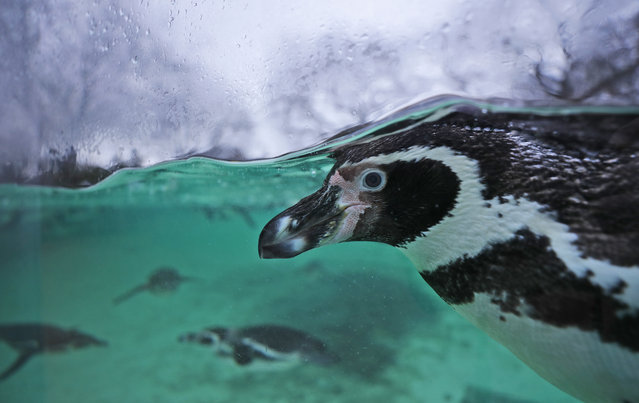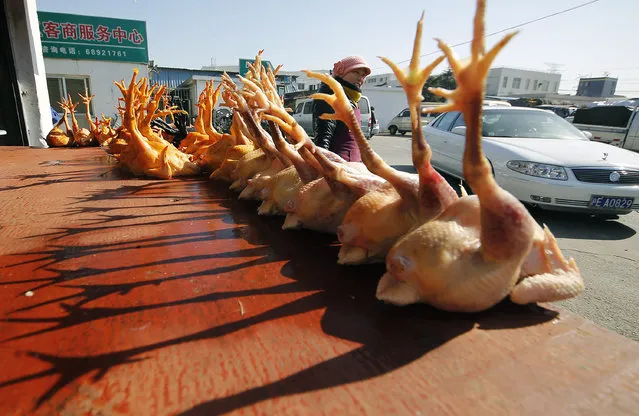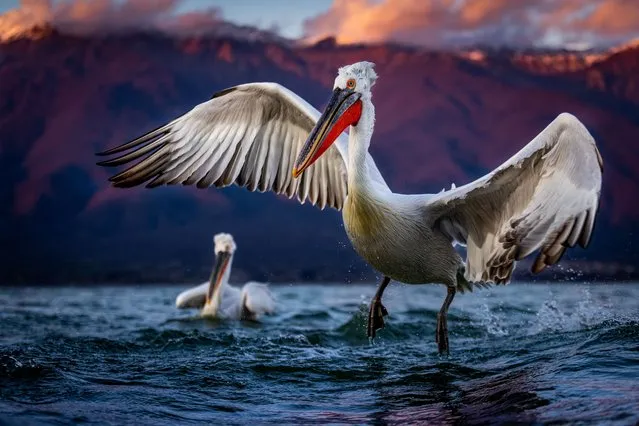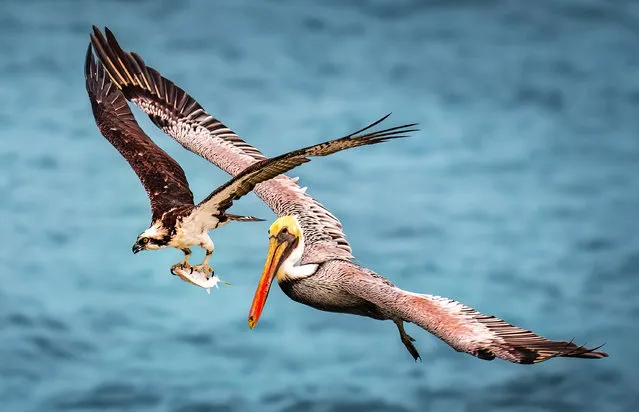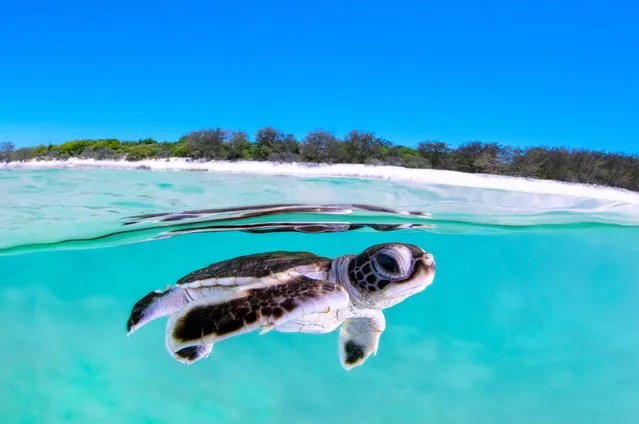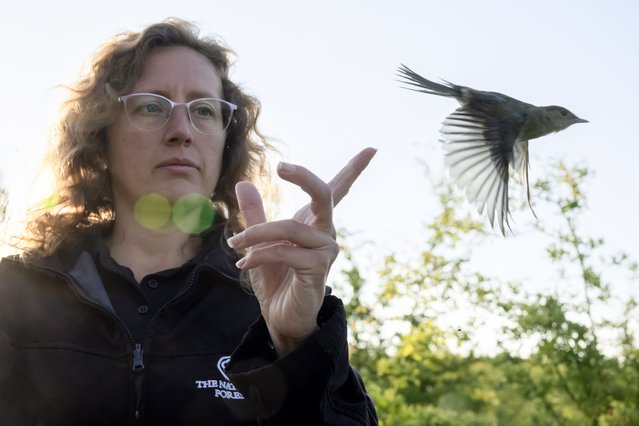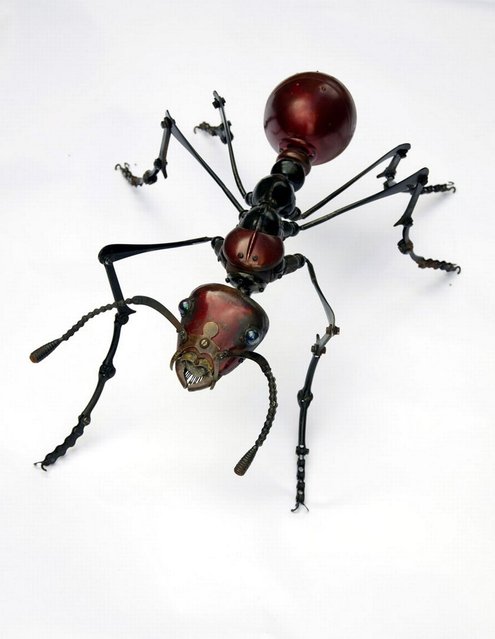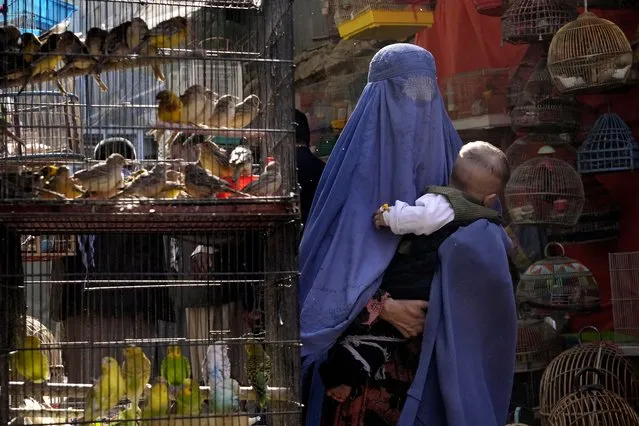
A woman wearing a burka walks through a bird market as she holds her child, in downtown Kabul, Afghanistan, Sunday, May 8, 2022. Afghanistan’s Taliban rulers on Saturday ordered all Afghan women to wear head-to-toe clothing in public – a sharp, hard-line pivot that confirmed the worst fears of rights activists and was bound to further complicate Taliban dealings with an already distrustful international community. (Photo by Ebrahim Noroozi/AP Photo)
20 Aug 2022 05:23:00,post received
0 comments

